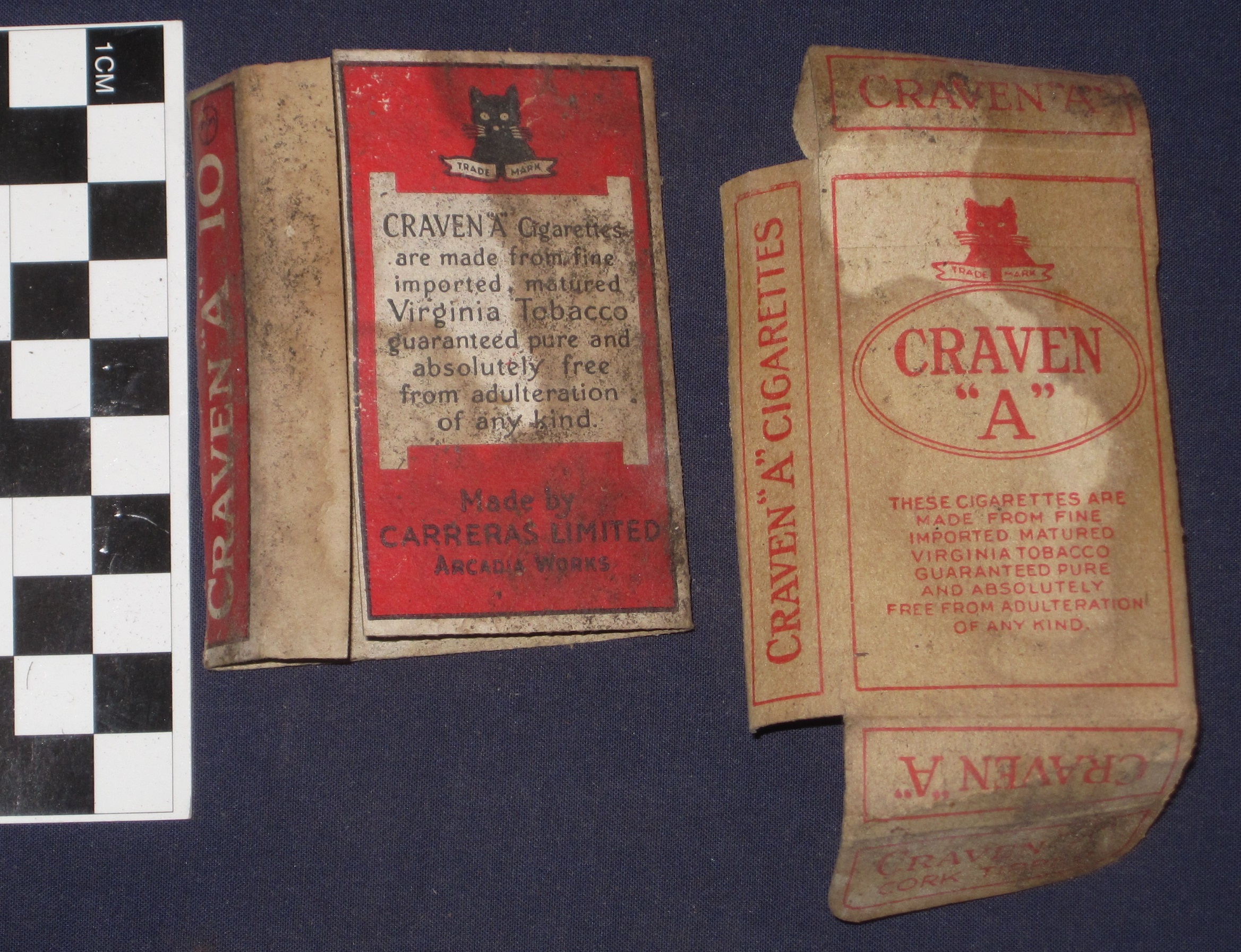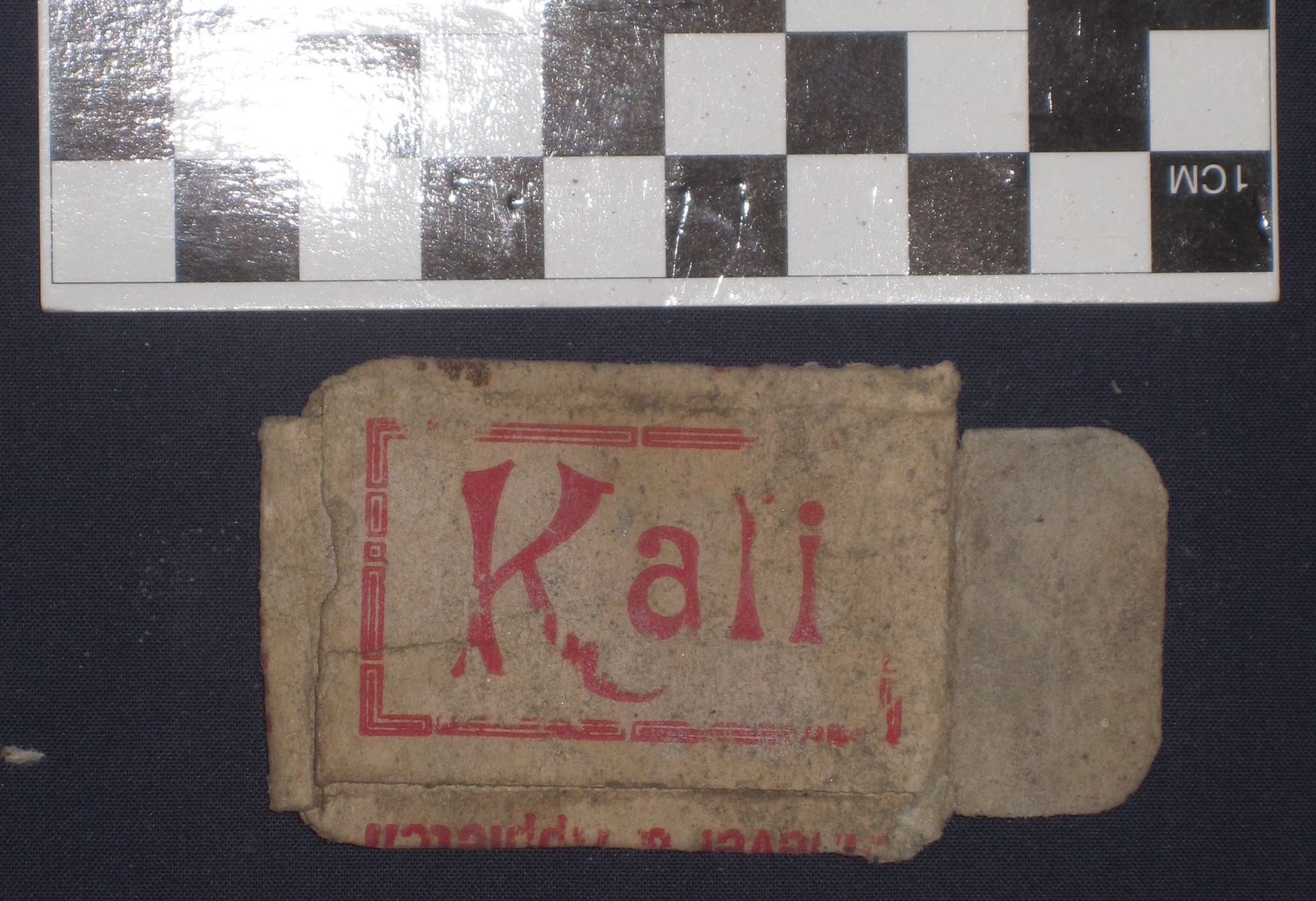In the first half of 2017 Winterborne Heritage conducted archaeological investigations at the State Heritage registered Artillery Drill Hall (Figure 1) in Fremantle on behalf of the National Trust of Western Australia. The Drill Hall was in need of reflooring which also involved significant restumping, and this precipitated the need for excavations inside the building and under the existing floors, prior to ground disturbing floor repairs taking place.
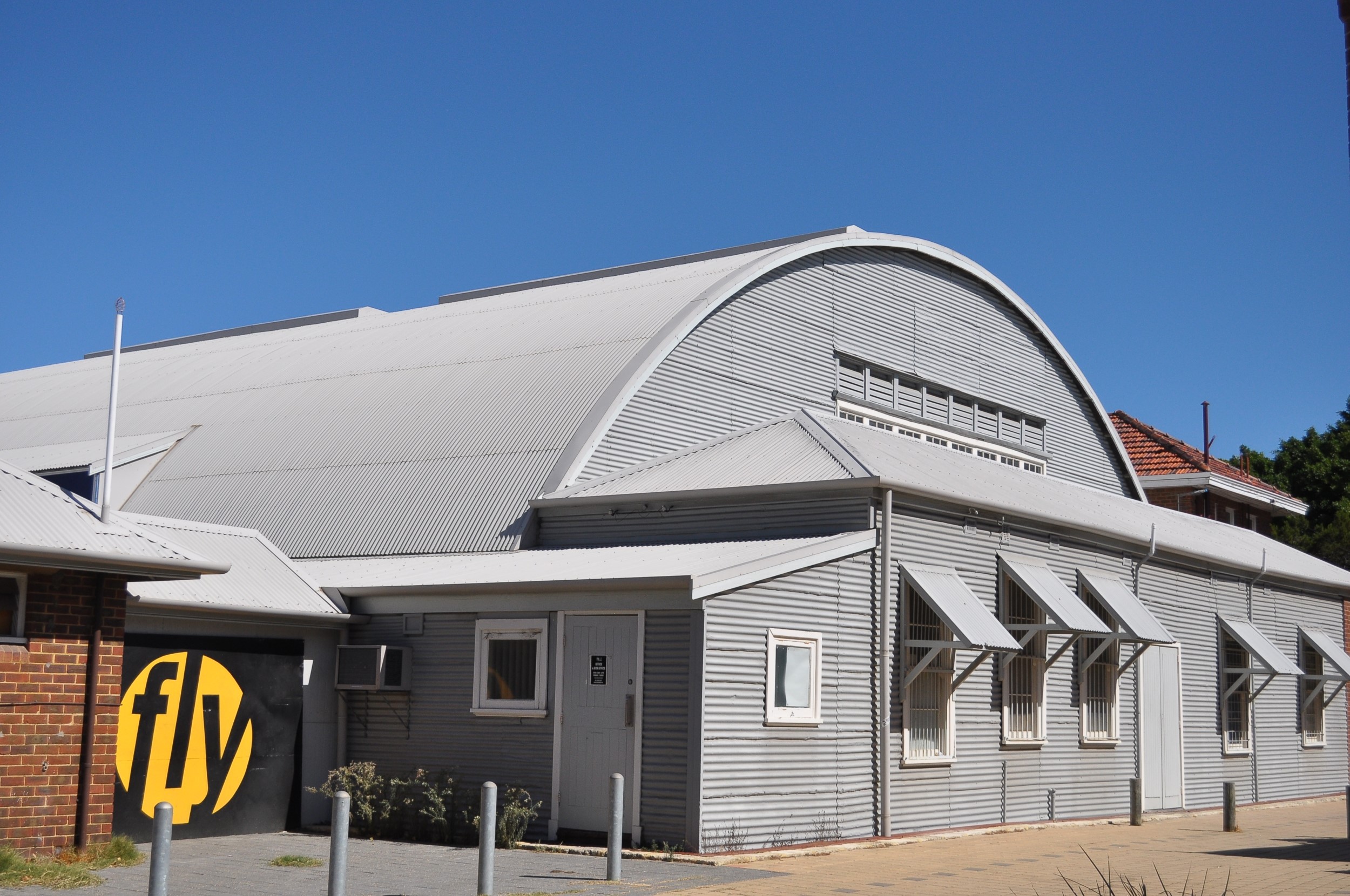
Fig 1: Drill Hall Exterior (supplied by Sean Winter)
The Drill Hall was constructed in 1895, but before that, from 1850, the site was part of the Fremantle Convict Cantonment and is thus within the curtilage of the World Heritage site Fremantle Prison. Documentary evidence indicates that the Drill Hall was built partly over a yard allocated to Sappers of the Royal Engineers and their families, and partly over an area shown as “gardens”. At the end of the convict period in 1886 the land was handed over to the colonial government, and in 1895 was allocated to the military for the construction of one of a number of Drill Halls throughout the Perth metropolitan area. It was retained by the military until the early 1980s, when it was slated for demolition, but was ultimately saved by a community campaign. From 1986 until 2015 the building was used as the Fly-By-Night Musicians Club, a live music venue for local and international acts.
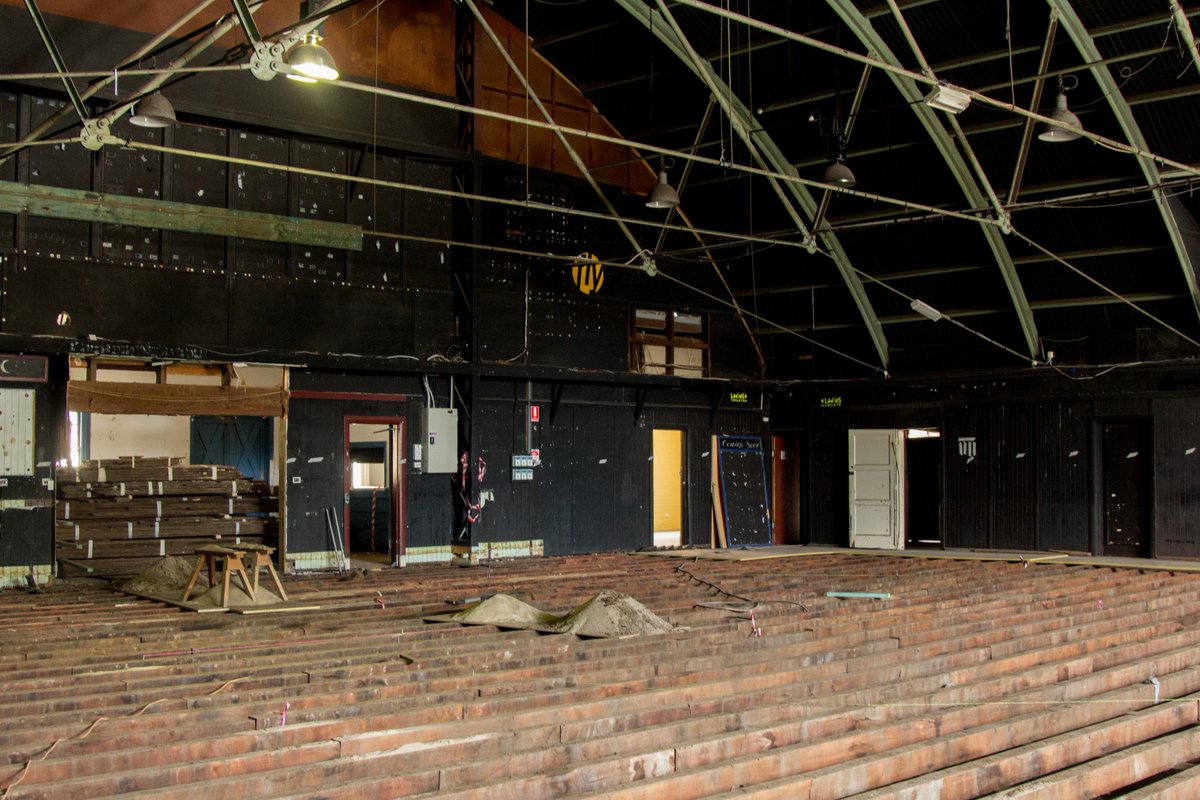
Fig 2: Drill Hall Interior excavations (supplied by Sean Winter)
The internal Drill Hall space measures 21m x 27m and floor repairs were needed throughout this entire area (figure 2). A thick layer of dust had built up under the floor boards on top of existing sediments, and this meant that the underfloor area was extremely dry, with excellent organic preservation. The nature of the construction of the building meant that the joists and bearers sat either on top of, or very close to, the underlying sediment, which limited horizontal movement of artefacts, and this meant that we had high confidence that artefacts were in-situ when recovered.
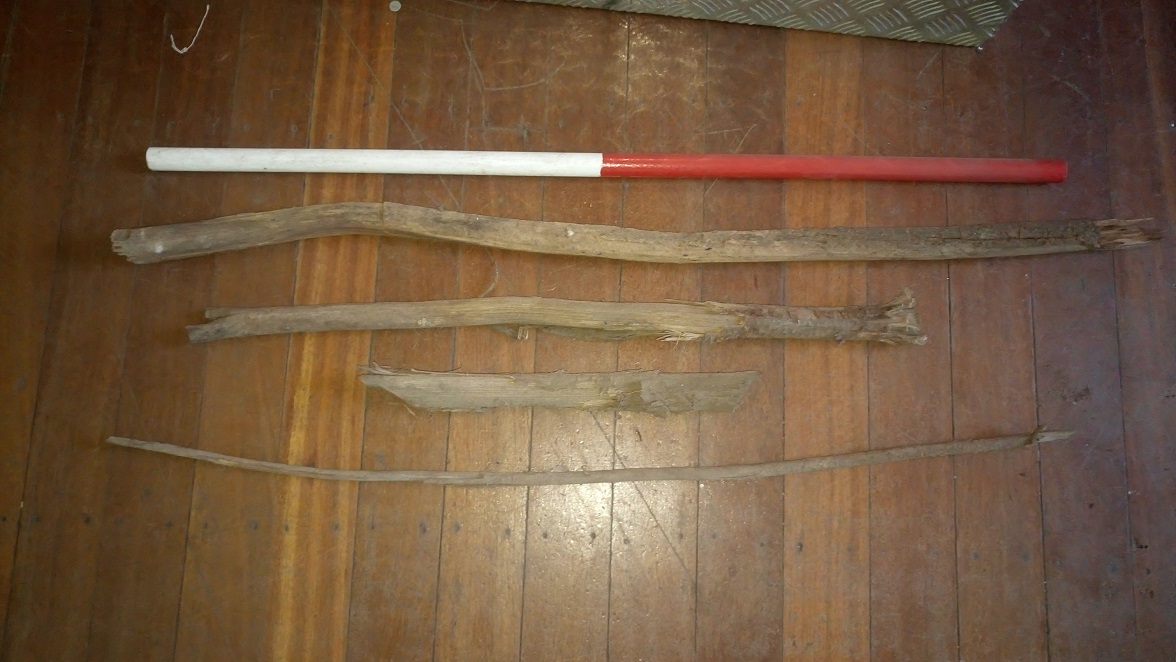
Fig 3: Garden stakes with 1m scale (supplied by Sean Winter)
It soon became clear that the Drill Hall had been constructed directly over the top of an existing garden area, and that a large amount of convict period material culture had been protected by this construction. Hundreds of roughly cut garden stakes (figure 3) were recovered, many with twine and string still attached, evidence that the gardens were probably being used for the growing of vegetables. Soil samples are yet to be analysed, but we hope that pollen, seeds and other evidence will be able to indicate what type of plants exactly were being grown here. There were also a large number of leather shoes recovered, as well as delicate textiles. Shoe remains are ubiquitous when excavating in the yards at Fremantle Prison, but those tend to be one design – prisoners’ boots. In contrast the shoes recovered here, less than 100m outside the walls of the prison, span a wide range of styles, including ladies’ and childrens’ shoes, indicating perhaps the footwear favoured by the sappers and their families.
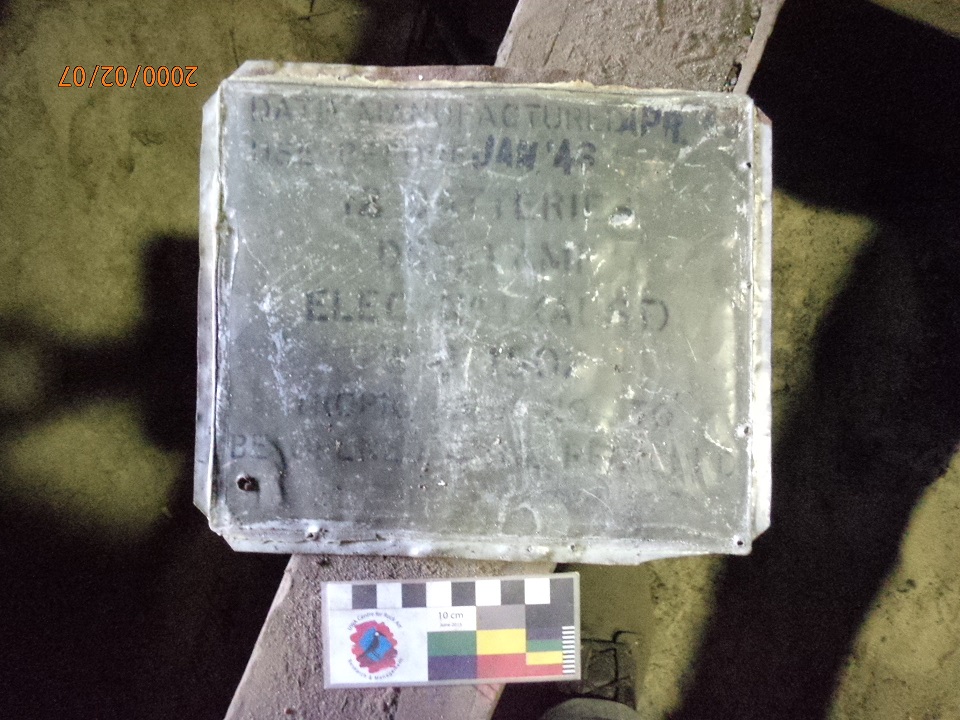
Fig 4: WWII military sign (supplied by Sean Winter)
From the Drill Hall period a wide range of military artefacts were recovered, including clothing parts (eg buttons), bullet cartridges, and a metal sign dated January 1943 (figure 4). Also recovered was a shuttlecock made of cork and rattan, evidence that badminton was played recreationally inside the building.
Quite a large number of artefacts were also recovered representative of the Fly-By-Night period, including parts of musical instruments (eg guitar strings, broken drum sticks, plectrums), graffiti, numerous artefacts related to the consumption of mind altering substances, both legal (eg alcohol containers) and illegal (eg syringes), and a large amount of cheap jewellery and other items of adornment.
Fig 5: Craven cigarette packet (supplied by Sean Winter)
One particular artefact class that can be seen from all three periods, is smoking material. From the convict period this is largely represented by clay pipes, but the excellent organic preservation meant that significant amounts of paper was also preserved and recovered in excellent condition. This meant that cigarette packets, match boxes and cigarette papers (figures 5 and 6) were recovered dating from throughout the 20th century. The Fly-By-Night Club was the first music venue in Australia to go smoke free, perhaps as early as 1990, so smoking material related to that period tends to be illicit, with the remains of numerous marijuana joints recovered.
Fig 6: Kali Match Box (supplied by Sean Winter)
The majority of the artefact assemblage is yet to be analysed, but the exceptional organic preservation in the underfloor area means that a large number of fragile artefacts that would normally not survive archaeologically, have done so from all three periods of site use. We hope that this will provide us with new understandings about lifeways in Fremantle in the 19th and 20th centuries. A number of journal papers will be published in future on archaeological work at this site, with the first related to the Fly-By-Night period soon to be submitted for publication.


